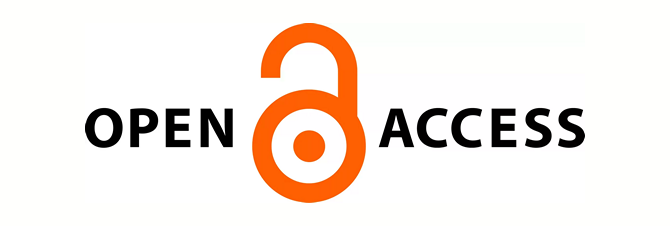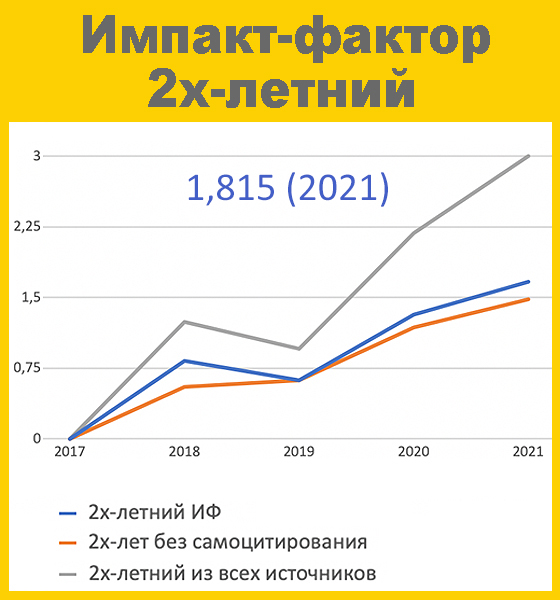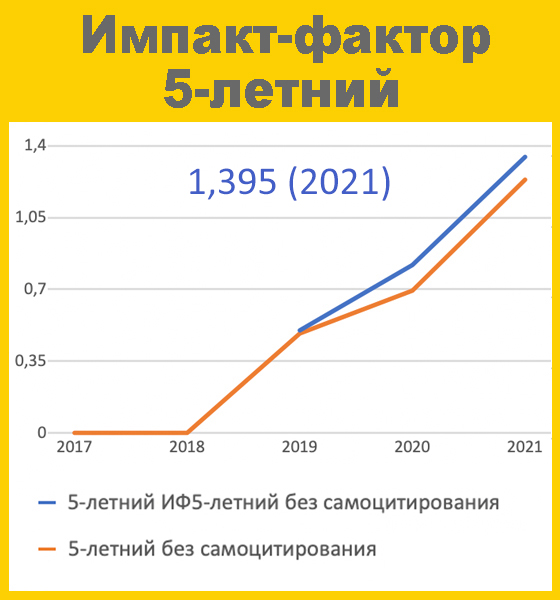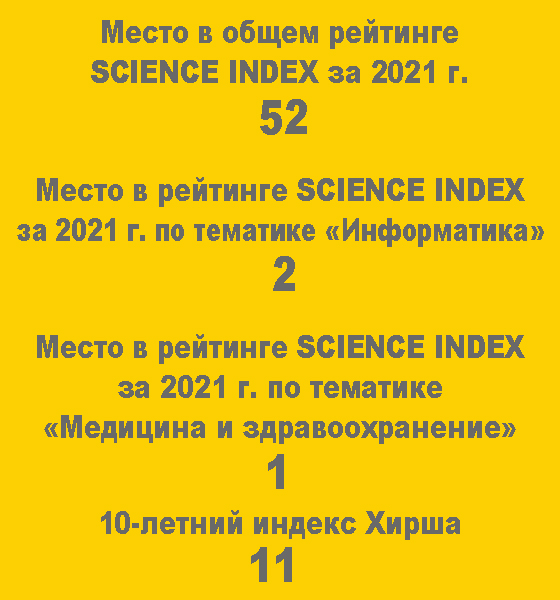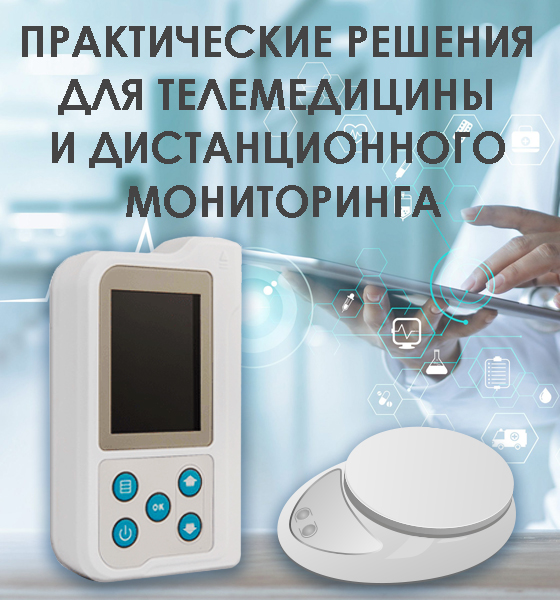Digital transformation of ultrasound diagnostics DOI: 10.29188/2712-9217-2022-8-4-21-45
- Lebedev G.S. – MD, PhD, professor, Head of the Department of Information and Internet Technologies at Sechenov University; Head of the Department of Innovative Development and Scientific Design of the Central Research Institute of Organization and Informatization of Health Care of the Ministry of Health of the Russian Federation; Moscow, Russia
- Shaderkin I.A. – MD, PhD, Head of the Laboratory of Electronic Health, Institute of Digital Medicine, Sechenov University; Moscow, Russia; https://orcid.org/0000-0001-8669-2674
- Shaderkina A.I. – 4-year student Institute of Clinical Medicine, department «Personalized medicine» of the First Moscow State Medical University named after I.M. Sechenov (Sechenov University); Moscow, Russia; https://orcid.org/0000-0003-0639-3274
 2041
2041 Introduction. Ultrasound (US) is one of the most applied diagnostic methods in the medicine due to its accessibility and non-invasiveness. Twice more ultrasound examinations are conducted in Russia then in economically developed countries. It is necessary to increase the efficiency of ultrasound and optimization of data management because of its significant impact on diagnostics and high load on the US method. In this paper we provide the ways digital technologies have influence on the ultrasound.
Materials and methods. The search was conducted via Pubmed database and the Internet open sources.
Results. Based on the conducted research, we can separate apply of tele-ultrasound into several directions: using in the remote and resource-limited towns and areas; in the emergency care; in the situations with limited time or access to the medical care, for instance, in space; in obstetrics; for home monitoring by patients or their relatives; and for medical staff training. Routine two-steps algorithm of ultrasound examination can be divided to discrete stages with new technological solutions and participants, including artificial intelligence: data obtaining, saving, transfer and analysis, cloud storage and patient’s access to it at any time.
Conclusion. Ultrasound is an actively developing sphere of instrumental diagnostics and on the current stage there are enough instruments for its digital transformation. The appearance of portable and handheld US devices, development of standardized protocols and POCUS implementation in routine clinical practice, and use of ultrasound robots allows to minimize such disadvantages of US as its operator-dependance and subjectivity of examinations. The development of systems for data transfer and storage leads to broadening of ultrasound data management possibilities, for example, datasets creation, data sharing with other specialists and tele ultrasound implementation which widens access to medicine in resource-limited areas.
| Attachment | Size |
|---|---|
| Скачать файл | 5.99 MB |


































